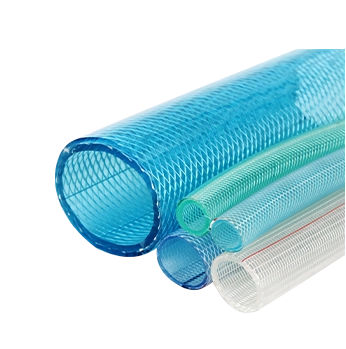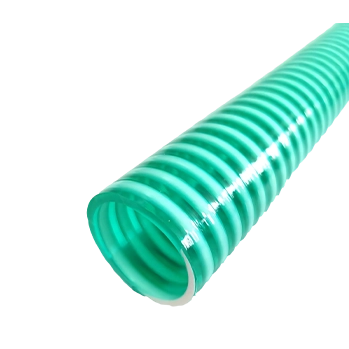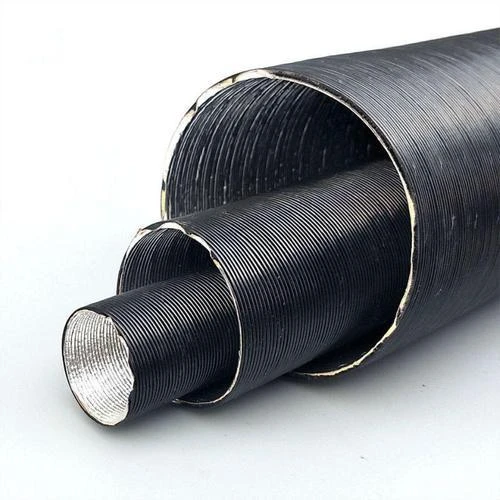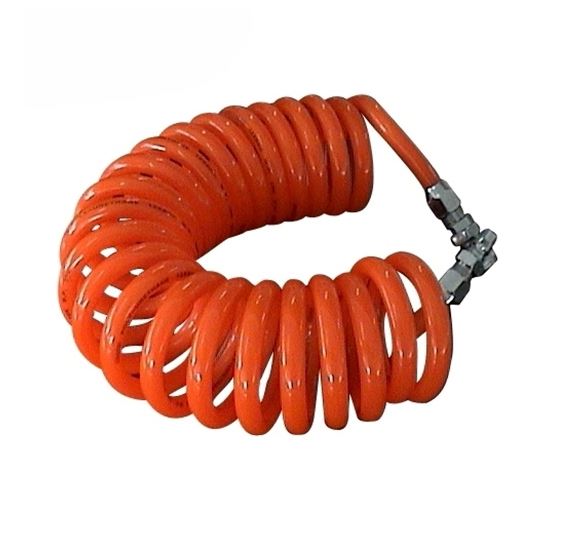Top Fire Hose Types for Maximum Safety | Durable Gear
Understanding the types of hose in fire is essential for ensuring operational safety, efficiency, and compliance within fire service and industrial applications. This in-depth guide details the taxonomy, manufacturing processes, performance metrics, and advanced customization options for fire hoses—focusing especially on the Rubber Layflat Fire Hose and its place among the latest industry trends. Technical specifications, real-world case studies, user experiences, and authoritative standards such as ISO 9001 and ANSI are seamlessly integrated to build tangible trust and expertise.

1. Industry Overview & Trends: Types of Hose in Fire Service
Types of hose in fire service have evolved dramatically over the last decade. According to the NFPA Fire Protection Industry Report, global demand for specialized fire hoses is expected to grow by 7.2% CAGR from 2023 to 2028, reflecting investments in safety, urbanization, and industrial expansion. Modern fire water hoses are subjected to increasingly stringent certifications such as ISO 9001, EN 694, and UL 219—precipitating improved manufacturing, higher burst pressures, and advanced anti-corrosion technologies.

The main types of hose in fire contexts include:
- Rubber Layflat Fire Hose: Renowned for high flexibility, abrasion resistance, and adaptability in industrial and municipal fires.
- PU/PVC-Lined Fire Hose: Cost-effective, chemical-resistant solution widely used in rural and chemical plant settings.
- Double Jacket Fire Hose: Traditional textile-reinforced construction for municipal hydrant use.
- High-Pressure Booster Hose: Suited to high-rise firefighting and petroleum/chemical industry applications.
- Percolating Fire Hose: Special porous design for bush and forest firefighting, offering slow-release for protection against flames.
Comparative Parameter Table: Types of Hose in Fire
| Type | Material | Diameter (mm) | Burst Pressure (bar) | Temperature Range (°C) | Compliance Certifications | Service Life (years) | Primary Application |
|---|---|---|---|---|---|---|---|
| Rubber Layflat Fire Hose | Synthetic Rubber | 25–150 | 45–120 | -20 to +80 | ISO 9001, EN694, ANSI | 10–12 | Industrial, Petrochemical |
| PU Lined Fire Hose | Polyester/PU | 25–80 | 30–80 | -30 to +70 | ISO 9001, UL219 | 4–8 | Municipal |
| Double Jacket | Polyester/EPDM | 38–100 | 20–65 | -20 to +65 | EN694 | 8–10 | Urban Firefighting |
| High Pressure Booster | Rubber/Nylon | 16–38 | 100–210 | -40 to +90 | UL219 | 12–15 | Petrochemical, Rescue |
| Percolating Hose | Canvas/Cotton | 38–63 | 10–50 | -10 to +50 | IS 636 | 5–7 | Forest Firefighting |
2. Process & Technical Flowchart for Types of Hose in Fire Manufacturing
Manufacturing fire hoses—including the Rubber Layflat Fire Hose—demands advanced technology to ensure strength, longevity, and adherence to strict regulatory standards. Here is a technical step-by-step process:
- Raw Material Blending: Synthetic rubber, high-tenacity polyester yarn; stringent impurity filtration (ISO 9001).
- Extrusion/Tubing: Computer-controlled extrusion for precise internal diameter, consistent wall thickness.
- Braiding/Weaving: High-speed CNC looms; double jacket for extra flexibility and pressure rating.
- Vulcanization: Multi-stage curing, enhancing mechanical strength, elasticity, and uniformity.
- Quality Control: Pressure, burst, abrasion, and kink resistance tested according to ANSI, EN 694.

3. Product Focus: Rubber Layflat Fire Hose
Rubber Layflat Fire Hose is a flagship example of advanced types of hose in fire technology. Its design incorporates a synthetic rubber liner supported by a high-strength polyester jacket, offering maximum resistance to puncture, abrasion, and deformation.

- Nominal Diameter: 25–150 mm (1–6 inch)
- Burst Pressure: Up to 120 bar (tested to ISO 4642)
- Working Pressure: 17–40 bar
- Length Options: Customizable, standard 15m/20m/30m/50m
- Jacket Material: Synthetic polyester (warp and weft braided)
- Liner: High elastic rubber (NBR/SBR blend)
- Compliance: ISO 9001, EN694, ANSI, CCC
- Coupling: Aluminum, Brass, Stainless Steel (per IS/BS/DIN)
- Service Life: 10–12 years in typical fire or industrial use
Rigorous standards compliance and long service life led to fire hose for sale in over 40 countries.
Technical Performance Comparison Chart
Rubber Layflat Fire Hose vs Alternatives – Material & Cost Breakdown
- Material (62%): High-grade synthetic rubber, imported polyester, specialized chemical stabilizers
- Labor (22%): Skilled technicians and CNC process engineers
- Certification (10%): ISO/ANSI/EN, third-party laboratory testing
- R&D (6%): Structure, durability upgrades ensuring compliance with 2023 codes
Rubber Layflat Fire Hose – Performance Stability Across Temperature
4. Typical Application Scenarios: Industry Cases & User Testimonials

- Petrochemical Plants – Resistant to oil/chemical corrosion & high-pressure pump systems, tested in Shell Malaysia’s 2022 refinery project.
- Metallurgy & Steel Foundries – High-temp resilience; remains flexible under thermal gradients—essential in three Hyundai Steel locations (South Korea, audit ref: SSMC Steel).
- Municipal Fire Brigades – Chosen by Jakarta Fire Department, handling over 500 incidents annually with robust service record, ISO 9001-compliant.
- Shipyards & Offshore – Approved for marine firewater protection under CCS/ABS standards.
- Mining Operations – High abrasion, pressure cycles, and 12-month continuous service at Vale S.A., Brazil (ref: Vale annual safety report 2022).
- Irrigation & Water Transfer – Lightweight, high-flow designs for emergency evacuation and disaster response.
User feedback: “Switching to the Rubber Layflat Fire Hose cut our hose replacement costs by 32% and simplified both training and on-site response.” – Chief Engineer Lin, PetroChina Sichuan
5. Manufacturer Comparison: Global Fire Hose Suppliers
| Brand | Country | Key Strength | Certification | MOQ | Pricing (USD/15m) |
|---|---|---|---|---|---|
| Kebing Hose | CN | Customizable, ISO/CCC, Fast Lead time | ISO 9001, EN694, CCC | 200 | 22–35 |
| Angus Fire | UK | High brand reputation | UL, FM, BS6391 | 100 | 30–48 |
| Key Fire Hose | USA | Specialty/Large diameter & UL/FDA | UL, FDA | 50 | 38–75 |
| Torishima | JP | Strict quality, marine compliant | ISO, NK, ABS | 100 | 34–60 |
| BULLDog | USA | PU/EPDM innovation | UL, ISO | 80 | 35–52 |
Tip: For fire hose for sale, always verify compliance logos and reliable distributor history.
6. Customization & Solutions for Types of Hose in Fire
Responding to the rising demand for tailored fire water hose solutions, leading manufacturers now provide bespoke design, color coding, connector selection (BS, Storz, Guillemin, Nakajima, etc.), and private label packaging.
- OEM/ODM support for length, pressure, temperature, coupling choice;
- Branded stamping and RFID tracking upon request, supporting pipeline asset management;
- 24/7 engineering consultation and technical documentation (CAD drawings, test certificates, datasheets).
7. FAQ – Technical & Application Q&A for Types of Hose in Fire
1. What is the main material for Rubber Layflat Fire Hose, and why?
2. How are pressure ratings determined for fire hoses?
3. Which international certifications should reliable fire hoses carry?
4. What is the recommended storage and coil method?
5. Can the Rubber Layflat Fire Hose be coupled with existing metal fittings?
6. What is the typical warranty for fire hoses?
7. Are there fire hoses rated for drinking water or food processing?
8. Delivery Schedule & After-Sales Support
- Lead Time: Standard fire water hose delivery: 12–18 working days; urgent OEM: 5–7 days (subject to raw material stock, quantity).
- Warranty: 1 year full coverage, 10-year technical consultation support; free replacement on first defect case within 60 days of delivery (with test/picture proof).
- Support: 24/7 response (phone/email/WeChat/WhatsApp/online ticket); spare parts and accessories available globally.
- Documentation: Datasheets, certificates (ISO, EN, CCC), and 3rd-party reports upon request.
9. Conclusion & Further Reading
Mastering the selection of types of hose in fire is crucial for ensuring operational resilience, legal compliance, and human safety across industries. Whether specifying hoses for municipal, industrial, or marine fire protection, the Rubber Layflat Fire Hose stands out for its top-tier materials, advanced test standards, and outstanding application records.
For deeper technical references and real-world application tips, consider:
- “Fire Hose: Selection, Care and Maintenance”—Fire Engineering Magazine
- “Performance Testing and Certification of Fire Hoses”—NFPA Research Foundation
- “Roll-out Review of Hose Technologies”—FireServiceForum.com
-
Top Quality Oxy Acetylene Hoses for Sale Fit for Welding DemandsNewsJul.28,2025
-
The Future of Pneumatic Air Tubes in IndustryNewsJul.28,2025
-
Superior and Reliable LPG Hose Pipe Solutions for Every NeedNewsJul.28,2025
-
Exceptionally Durable and Versatile Premium Braided PVC TubingNewsJul.28,2025
-
Best Adapters for Connecting Garden Hose to PVC Pipe ConnectionsNewsJul.28,2025
-
The Essential Role of LPG Hoses in Safe and Efficient Gas DistributionNewsJul.16,2025














